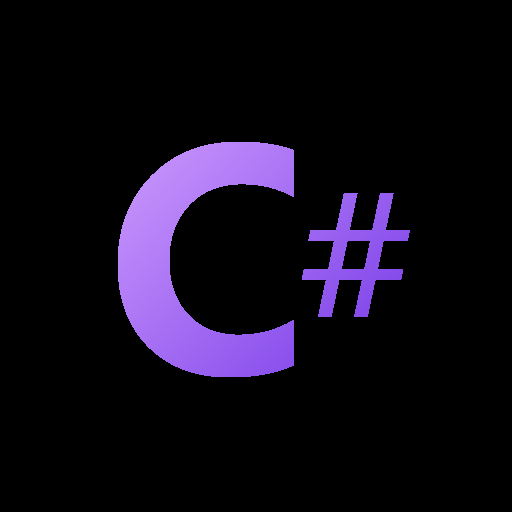

This is discussed around the 27 min mark of the video with Dr. Steven Bos, particularly in maintaining voltage thresholds for signal propagation when using multiple devices, in context of logic, memory, and communication use cases. Interestingly, for example, GDDR7 and USB 4.2 already use physical ternary signals.
Edit: signal to noise ratio is also discussed at the 40min mark, also with respect to increasing information density vs complexity from higher symbol bandwidth, or terms of radix vs frequency.
















I top linked the most recently published video mostly for the introductory breakdown in ternary logic equivalence, but the interview with the ternary researcher, Dr Bos, also linked in the description above includes a number of corrections and accurate description of the subject.
Yeah, definitely not a lost art or anything, as physical ternary signals already have applications in communication like high data rate interfaces. Still, would be interesting to see ternary expand into logic domains with emerging developments in TCMOS research.